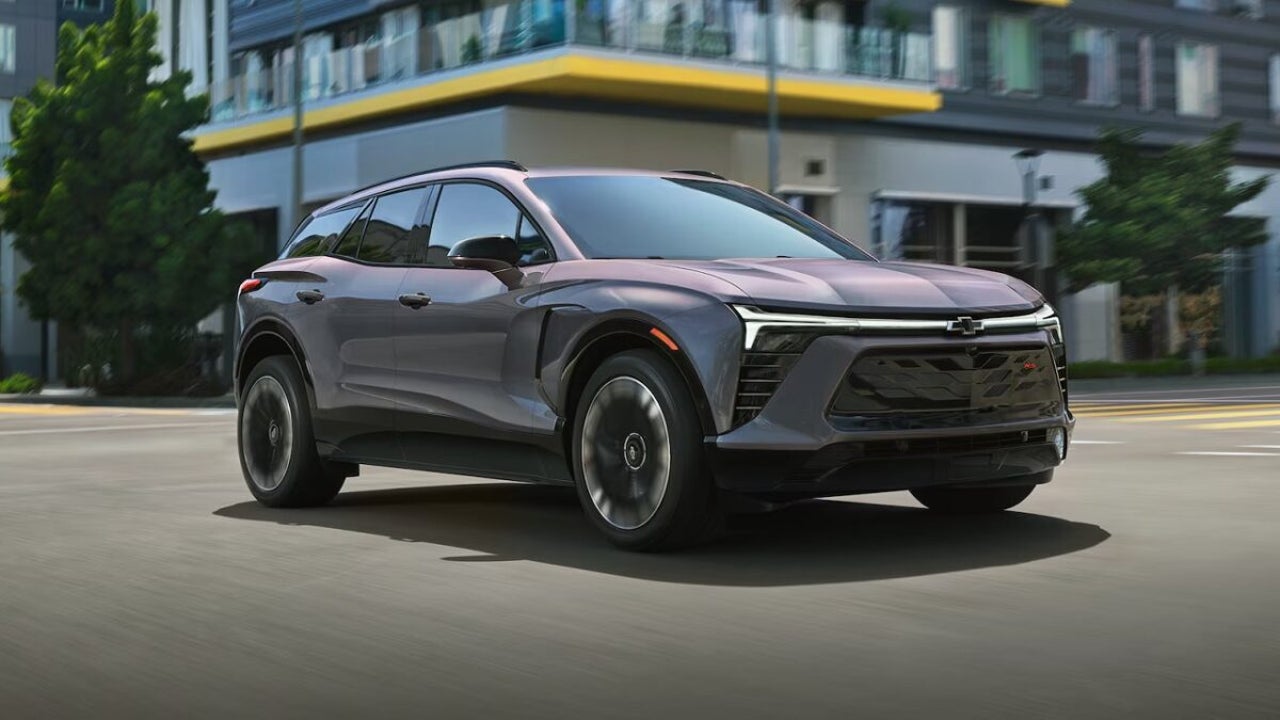Electric vehicle sales projected to skyrocket to 28 million by 2030
The shift to electric vehicles is accelerating rapidly, but increasing demand for battery materials raises significant supply chain challenges, as highlighted in a McKinsey report

- April 2, 2025
- Updated: April 2, 2025 at 11:02 AM

The global transition to electric vehicles (EVs) is experiencing rapid acceleration, with sales projected to surge from 4.5 million units in 2023 to an astonishing 28 million annually by the decade’s end.
However, this unprecedented demand poses significant challenges to the supply chain for critical battery materials, as highlighted in McKinsey’s latest report.
Essential materials such as lithium, high-purity manganese, and graphite are expected to face increasing pressure as manufacturers ramp up EV production.
Electric Vehicle Sales Set to Soar, But Supply Chain Challenges Loom
While lithium iron phosphate (LFP) batteries offer some reprieve by reducing dependence on more elusive materials like cobalt and nickel, they still lean heavily on lithium, manganese, and graphite. This reliance showcases the necessity for sustained efforts to secure sustainable sources of these vital components.
Compounding the issue, the production and refining of raw materials necessary for batteries represent approximately 40% of an EV battery’s total emissions. McKinsey emphasizes the critical need for innovations targeting emission reductions during these upstream processes.
Strategies that involve sourcing materials from suppliers committed to low-emission fuels and power sources could reduce emissions by as much as 80%, according to Raphael Rettig, a partner at McKinsey.
The manganese supply may face additional challenges despite currently contributing only 4% of emissions in specific battery types. As LFP batteries gain popularity, there is a risk that manganese’s emissions intensity could increase without targeted strategies to maintain balance.
Promising developments are on the horizon, as several new battery technologies are set to achieve production levels before 2030. Innovations, including multiple solid-state formulations and lithium recovery from geothermal water sources in Europe and the Americas, are in active testing.
Toyota’s recent $4.5 million grant from the U.S. Department of Energy further highlights industry efforts to enhance EV battery sustainability. Overcoming supply chain hurdles will require a collaborative industry approach to align demand with sustainable practices and minimize emissions, ultimately defining the EV sector’s capacity to meet climate targets while scaling production.
Latest from Agencias
You may also like

Nintendo Switch 2 will have backward compatibility, but not all games will work smoothly
Read more

Nintendo Switch 2 increases internal storage to 256 GB
Read more

The most iconic GameCube games will come to the Switch 2
Read more

Donkey Kong Banaza: the new game will be in 3D and exclusive to Switch 2
Read more

Switch 2 revolutionizes its cartridges: Now they will be cards with the download code
Read more

The Switch 2 has disappointed me with its luxury prices for a premium remake
Read more